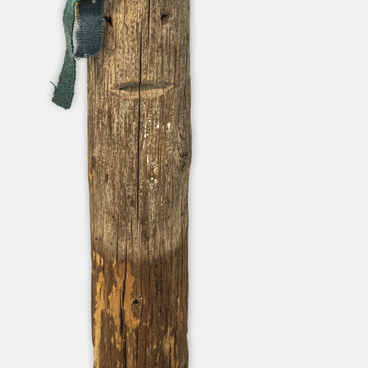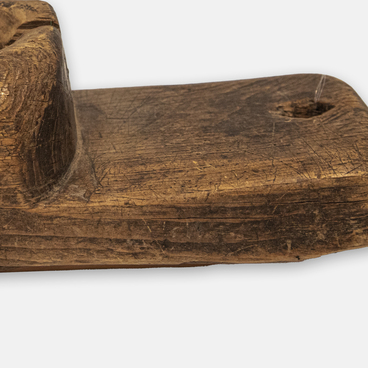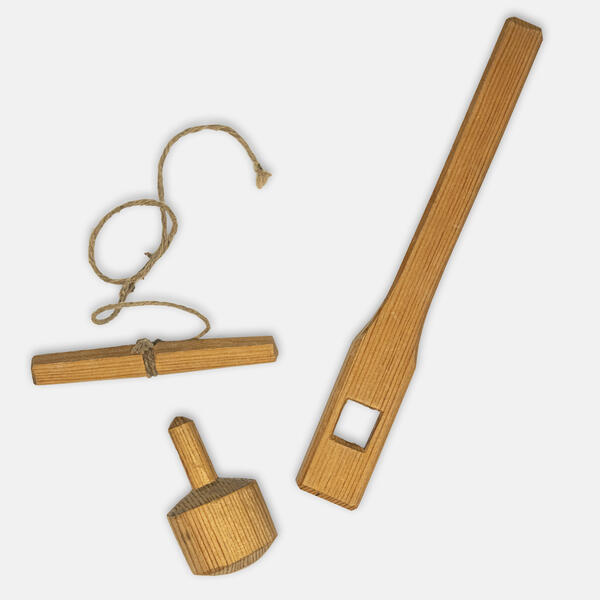Puzzles have existed since ancient times: logic puzzles have been found on the walls of Egyptian pyramids and in ancient Greek manuscripts. There are oral and material puzzles, mechanical and printed ones. The end of the 9th century is considered the heyday of puzzles. Nenets puzzles have also been known for many centuries.
For the indigenous peoples of the North, toys have always been more than just entertainment; they have an important educational purpose. With their help, people passed on their way of thinking, knowledge, and skills from generation to generation. By playing, children were prepared for adult life where they would become hunters, reindeer herders, and housewives. Each game reflected the world order.
From an early age, children were taught to make their own toys and then pass these skills to their younger brothers and sisters. By crafting an object, a child learned to understand its importance and technology of manufacture, to respect work, and to take care of things. All Nenets toys were made from natural materials, such as clay, birch bark, wood, leather, and fur.
Puzzles do not require any special knowledge, but rather wit and ingenuity, which is why such games attract both children and adults. Children develop logical thinking, memory, motor skills, diligence, and patience. For adults, such puzzles help relieve stress, get distracted from the hustle and bustle of everyday life, and pass the time during long winter evenings in a tent or while watching over a reindeer herd.
A tynzya’khobtso is one of the easiest Nenets puzzles. It consists of a piece of wood, bark, or horn with two holes through which loops with washers are threaded. A player has to pass a piece of rope through the loop without untying the knots. This toy is somewhat similar to the Khanty puzzle called “The Cost of Five Horses”.
The most popular Nenets puzzle is a tebko — a
wooden board with pegs that must be moved from the edge to the center. This
game resembles checkers and chess and symbolizes a herd of reindeer scattered
across the tundra. A player aims to gather the herd by moving the reindeer to
the center.




